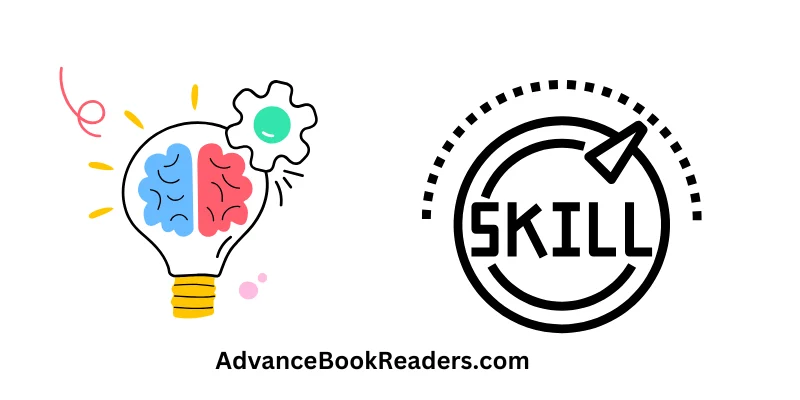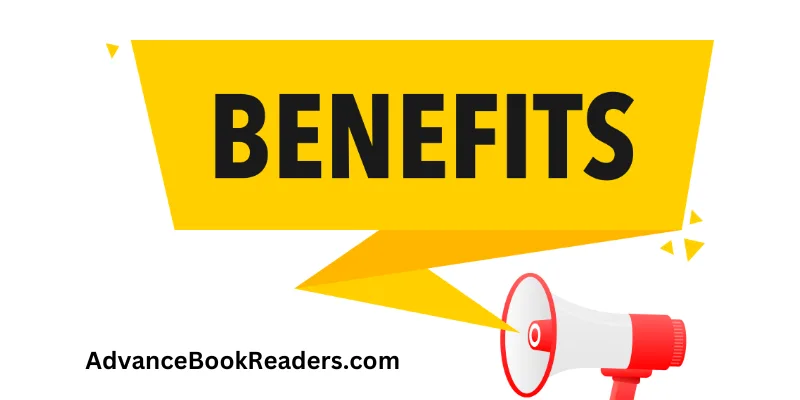What is Kumon Reading Level G? A Parent’s Guide to Grades and Books
Updated: 09 Sep 2025
65
If you’re a parent with a child in Kumon, you’ve probably wondered, “What exactly does Kumon Reading Level G mean?” You’re not alone. Many parents find themselves puzzled when they see their child’s progress measured by letters instead of familiar school grades. While Kumon’s unique system can feel confusing at first, understanding it can make a big difference in supporting your child’s learning journey.
Kumon Reading Level G is one of the important milestones in the program. It marks the stage where children move beyond simple reading and begin tackling more advanced texts. At this level, they’re expected to read longer passages, understand deeper meanings, and develop stronger critical thinking skills. But here’s the part that often leaves parents scratching their heads: how does Level G compare to school grade levels, and what kind of books should children be reading at this stage?
In this guide, we’ll break down everything you need to know about Kumon Reading Level G — including grade equivalents, skills covered, book suggestions, and practical tips for parents. By the end, you’ll have a clear picture of what this level means and how to help your child succeed.
What is Kumon Reading Level G?
Kumon uses a letter-based system instead of school grades. Each level is designed to build reading step by step, making sure children develop strong comprehension and critical thinking skills.
Kumon Reading Level G is considered an advanced stage of the program. At this level, children are no longer just reading stories for fun — they’re expected to:
- Read longer passages with more complex ideas.
- Understand both the main point and supporting details.
- Begin analyzing text instead of only recalling facts.
- Handle a wider variety of genres, including fiction, nonfiction, and poetry.
This stage is often where children make the shift from “learning to read” toward “reading to learn.” In other words, instead of just practicing fluency, they start using reading as a tool to understand bigger ideas.
Kumon Reading Level G Grade Equivalent
One of the most common questions parents ask is: “What grade does Level G match in school?”
While Kumon doesn’t give direct grade comparisons, most educators agree that Level G is roughly equal to middle school reading levels (around 6th to 7th grade in the U.S. system).

Here’s how Level G compares to school expectations:
- Middle School Range (Grades 6–7): Students should be reading more advanced texts that require critical thinking.
- Curriculum Overlap: Topics may cover history, science, and classic literature, which also appear in middle school classrooms.
- Challenge Factor: Some children may find Level G a bit ahead of their school grade, depending on when they started Kumon.
👉 Think of Level G as the stage where reading is no longer just about simple stories — it’s about preparing your child to handle high school–level comprehension in the future.
Skills Covered in Level G Reading
At Kumon Reading Level G, children focus on building skills that go beyond basic reading. The goal is to prepare them for more advanced studies in high school and beyond.

Here are the key skills developed at this stage:
- Comprehension: Understanding not only the main idea but also supporting details and hidden meanings.
- Vocabulary Growth: Learning new and challenging words from different types of texts.
- Critical Thinking: Making inferences, drawing conclusions, and recognizing the author’s purpose.
- Reading Fluency: Reading longer passages with ease and accuracy.
- Analytical Skills: Breaking down complex sentences and comparing themes across different texts.
In short, Level G helps children move from simply answering “what happened” in a story to asking “why did it happen, and what does it mean?”
What Books Are Suitable for Kumon Reading Level G?
Parents often wonder which books best match this stage. The good news is that there’s a wide variety of reading material for Level G learners.
Types of Books for Level G
- Classic Literature: Stories with rich language and deeper themes.
- Modern Fiction: Age-appropriate novels that reflect real-life situations.
- Nonfiction: Biographies, history, and science texts that expand knowledge.
- Poetry and Drama: Exposure to different writing styles.
Examples of Suitable Books
- The Giver by Lois Lowry
- Anne of Green Gables by L.M. Montgomery
- The Chronicles of Narnia series by C.S. Lewis
- Holes by Louis Sachar
- Selected nonfiction texts (science, history, biographies)
👉 The best way to choose is to mix classics with books your child enjoys. This keeps them both challenged and motivated.
How Parents Can Support Children at Level G
Reaching Kumon Reading Level G is a big achievement, but children still need guidance. Parents play a key role in helping them stay motivated and confident.

Simple Ways to Support Your Child
- Discuss what they read: Ask open-ended questions like “Why do you think the character made that choice?”
- Encourage independent reading: Let them pick books they enjoy alongside assigned Kumon texts.
- Build vocabulary naturally: Talk about new words and use them in daily conversations.
- Balance study and fun: Too much pressure can make reading feel like a chore. Keep it positive.
💡 Tip: Even at this level, reading aloud together once in a while can spark good discussions and keep your child engaged.
Common Challenges at Level G and How to Overcome Them
Some children find Level G exciting, while others feel overwhelmed. Understanding the common hurdles can help parents provide the right support.

Typical Struggles
- Longer and denser texts: Children may lose focus or feel discouraged.
- Abstract ideas: Concepts like symbolism or deeper themes can be confusing.
- Lack of interest: Not every child enjoys the same type of reading material.
Solutions for Parents
- Break reading into chunks: Encourage short reading sessions with breaks.
- Offer variety: Mix fiction, nonfiction, and fun books to keep interest alive.
- Guide discussions: Ask your child to explain what they understood in their own words.
- Celebrate progress: Acknowledge small wins to keep motivation high.
👉 With patience and the right approach, challenges at Level G can turn into opportunities for growth.
Benefits of Reaching Level G in Kumon
Level G is more than just another step in the Kumon program — it’s a milestone that can set your child up for long-term success.

Key Benefits
- Stronger academic confidence: Children begin to feel capable of handling advanced schoolwork.
- Preparation for high school: The skills learned at Level G make the transition to high school reading smoother.
- Independent learning: Kids learn to rely less on guidance and more on their own critical thinking.
- Better writing skills: Exposure to advanced texts improves grammar, sentence structure, and expression.
- Lifelong habits: Reading becomes a tool for learning, not just a school task.
💡 In many cases, children who reach Level G are already working above their school grade level, giving them a valuable head start.
Is Kumon Reading Level G Right for Your Child?
Every child is unique, and not all will progress at the same pace. So, how can parents know if Level G is a good fit?
Signs Your Child is Ready
- They can handle longer books without frustration.
- They show curiosity about new ideas and complex stories.
- They have a growing vocabulary and enjoy learning new words.
When Extra Support May Help
- If your child feels discouraged by the difficulty.
- If comprehension lags behind fluency (reading the words but not fully understanding).
- If they resist reading altogether.
Alternatives to Consider
If Kumon feels too rigid, parents can still build strong reading habits through:
- Library programs designed for middle schoolers.
- Reading tutors who can give one-on-one help.
- Independent book lists that match your child’s interests.
👉 The main goal isn’t rushing through Kumon levels — it’s making sure your child develops a love for reading and the skills to succeed.
Conclusion
Kumon Reading Level G is an important stage in your child’s learning journey. At this level, reading is no longer just about understanding simple stories — it’s about exploring complex ideas, building critical thinking, and preparing for the challenges of high school and beyond. While the program may feel demanding at times, the skills your child gains here can last a lifetime.
For parents, the key is to view Level G not as a race but as a milestone. Some children will move through it quickly, while others may need more time. What matters most is steady progress and keeping a positive attitude toward reading. Offering the right mix of support, encouragement, and freedom to explore different books can make this stage both rewarding and enjoyable.
Whether your child is already at Level G or you’re just preparing for it, remember that Kumon is only one tool in building strong readers. The most valuable gift you can give is helping your child see reading as more than an assignment — but as a doorway to imagination, knowledge, and growth.
FAQ About Kumon Reading Level G
1. What grade is Kumon Reading Level G?
Kumon Reading Level G is usually equal to middle school reading, around 6th to 7th grade in the U.S. system. Some children may reach this level earlier, depending on when they started Kumon.
2. What kinds of books should my child read at Level G?
Books like The Giver by Lois Lowry, Anne of Green Gables by L.M. Montgomery, Holes by Louis Sachar, and The Chronicles of Narnia series are good fits. Nonfiction and biographies are also useful.
3. How long does it take to complete Level G?
The time varies for each child. Some may move through it in a few months, while others may take longer. Progress depends on consistency and comprehension.
4. Is Kumon Level G too hard for middle school students?
For some students, yes. Level G can feel challenging because it uses longer and more complex texts. With patience, support, and practice, most children can adapt successfully.
5. Can my child skip a level in Kumon reading?
Kumon usually requires children to follow the sequence without skipping. Each level builds skills step by step, so completing earlier levels is important for success at higher ones.
Please Write Your Comments